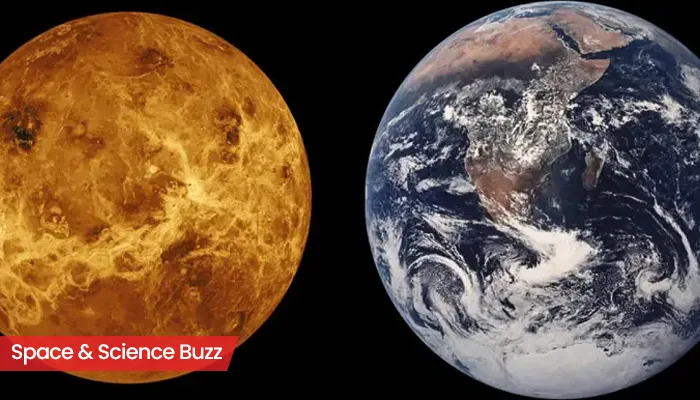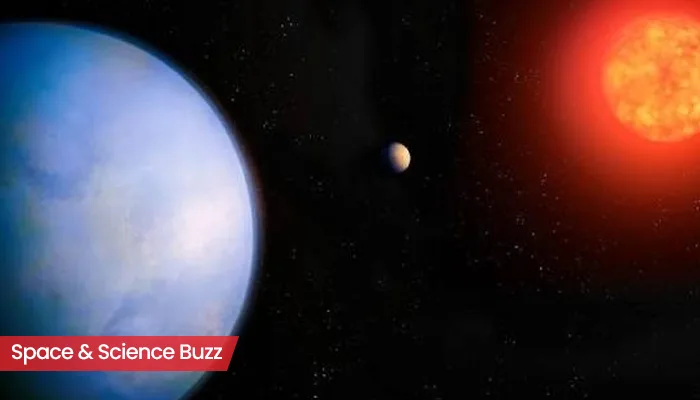
Here are today’s most important updates from the realm of Science and Space.
Escape from Space: NASA Explains Emergency Plan for Sunita Williams & Butch Wilmore to Return Home
As Boeing Starliner spacecraft returned to the earth without Sunita Williams and Butch Wilmore due to engine malfunction and helium leak, they will have to stay in ISS till February 2025. It was initially planned that SpaceX Crew-9 will rescue the astronauts. However, NASA came up with another emergency rescue plan. As per the reports, NASA's SpaceX Crew-8, expected to launch in last week of September, 2024 will bring back Sunita and Wilmore if there is any emergency situation in space. The astronauts are stuck in space for the last 3 months.

Mars Mission: SpaceX Set to Launch Starships in 2026, Musk Declares
SpaceX founder and CEO Elon Musk announced unmanned spacecraft to Mars by 2026 if all preparation goes according to plan. "These will be uncrewed to test the reliability of landing intact on Mars. If those landings go well, then the first crewed flights to Mars will be in 4 years," SpaceX founder and CEO Elon Musk.
The stacked Starship will be the biggest and most powerful rocket with 400 feet height, generating 16.7 million pounds of thrust at liftoff. "Flight rate will grow exponentially from there, with the goal of building a self-sustaining city in about 20 years," Musk added in the same post.

Moon’s Fiery Past: Recent Volcanic Activity Confirmed by Rock Evidence
Data collected from Chang'e 5 spacecraft revealed Volcanoes were erupting on the Moon at least 120 million years ago, through rock and soil sample analysis. Previously, researchers had thought volcanic activity ended on the lunar surface at least 2 billion years ago.
All rocky planetary bodies (Earth, Venus, Mars, Mercury) lose excess heat through volcanism.
Maximum extent of Lunar eruptions took place near the edges of giant depressions, formed by asteroid impacts. The Lava, even flooded the interiors of these basins to develped into the dark areas, known as maria (Latin for seas).
Absence of atmosphere made the eruptions significantly different from those on Earth. Due to lack of confining pressure, erupting lavas released almost all of the dissolved gaseous compounds, causing some lava flows contain good amounts of gas bubbles.

Mars’ Mysterious Smiley: A Creepy Clue to the Red Planet’s Secrets
The European Space Agency (ESA) shared a picture of a “creepy smiley face” spotted on Mars. It could hold secrets about the Red Planet’s potential for past life.
“Why so serious? Once a world of rivers, lakes, and possibly oceans, Mars now reveals its secrets through chloride salt deposits found by our ExoMars Trace Gas Orbiter,” ESA wrote.
These pictures are of chloride salt deposits, possibly the remnants of ancient water bodies, which was existing billions of years ago. These sites offers new insights into Mars’ climate and potential for past life.
Launched in 2016, ESA’s Exobiology on Mars program (ExoMars program) will address the question of whether life has ever existed on Mars.



.webp)
.WEBP)
.WEBP)
.webp)
.webp)


.webp)
.webp)
.webp)